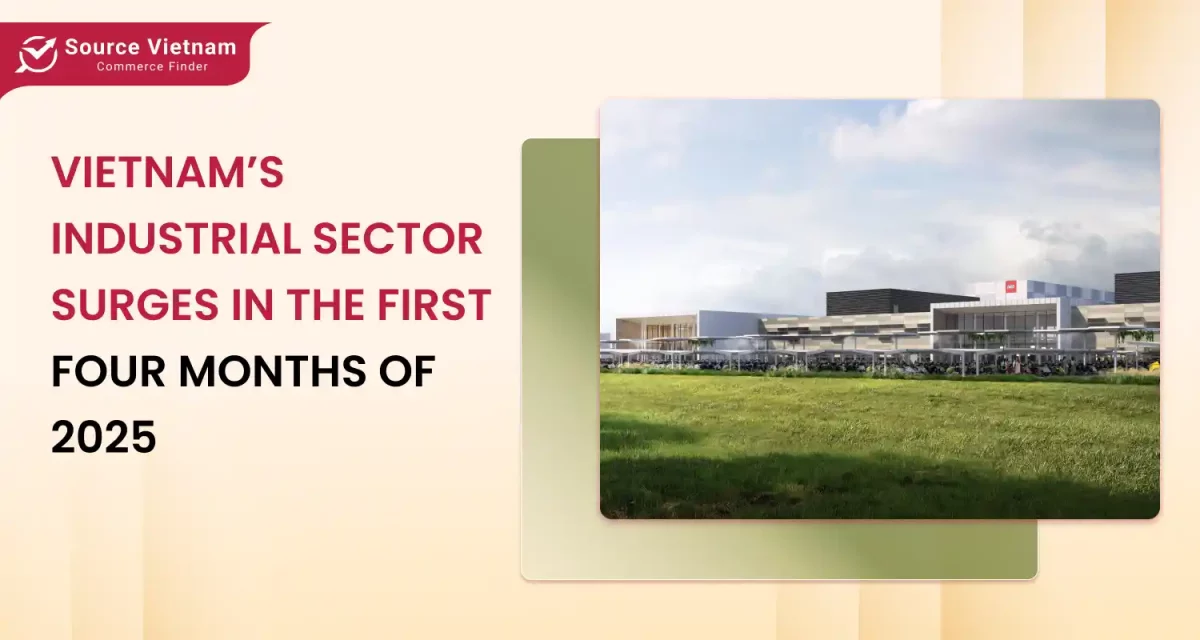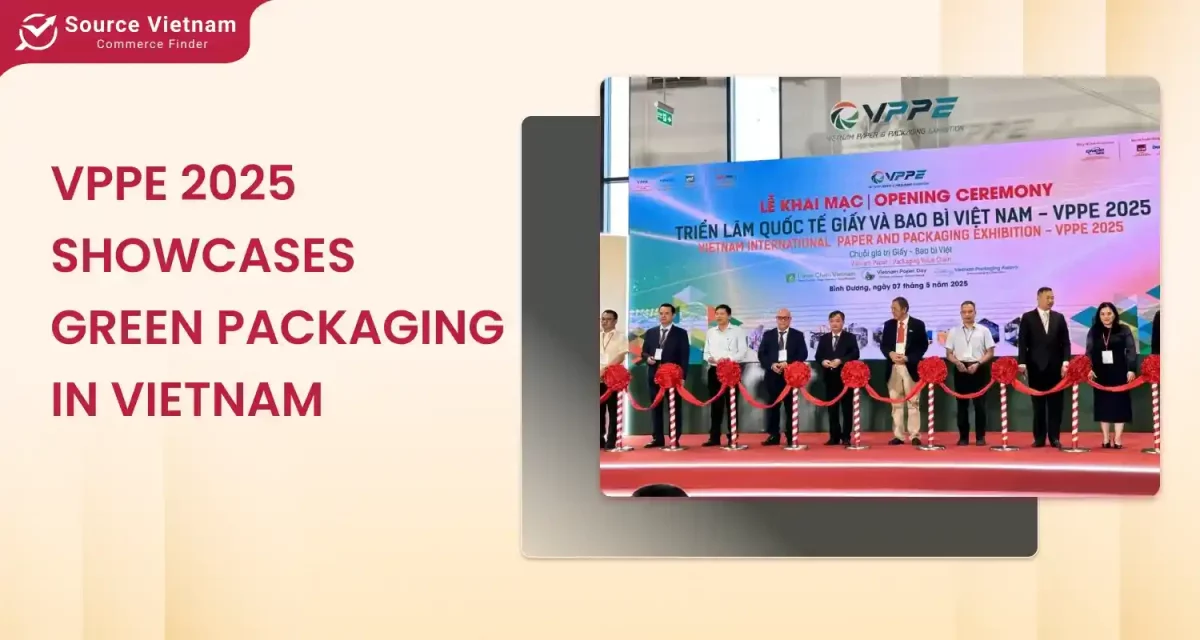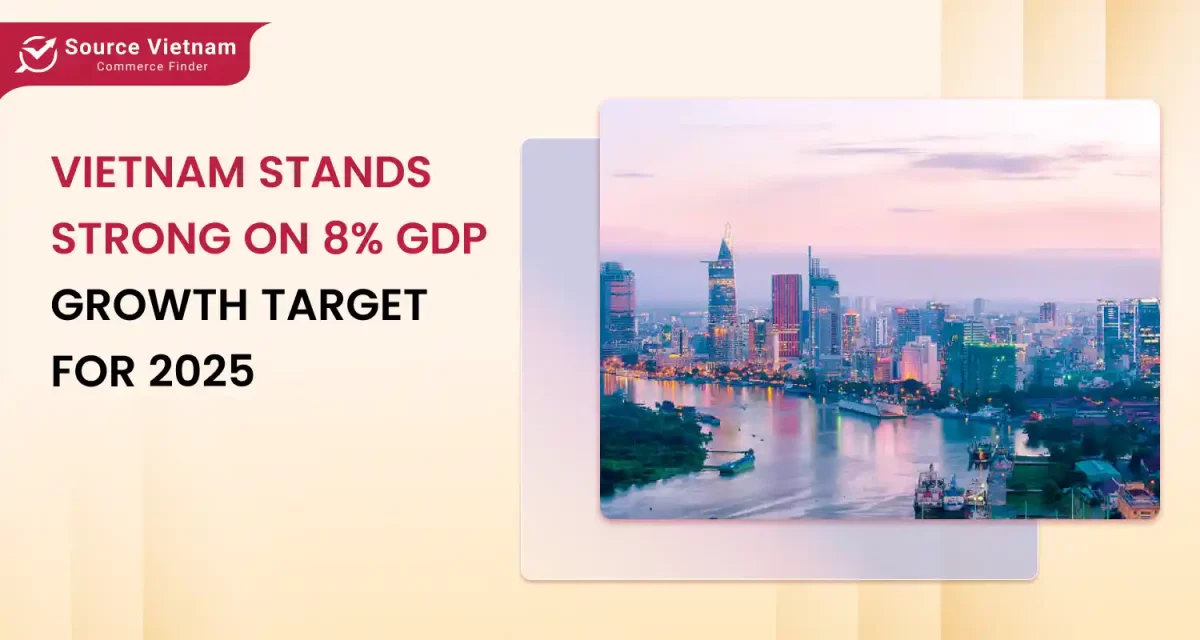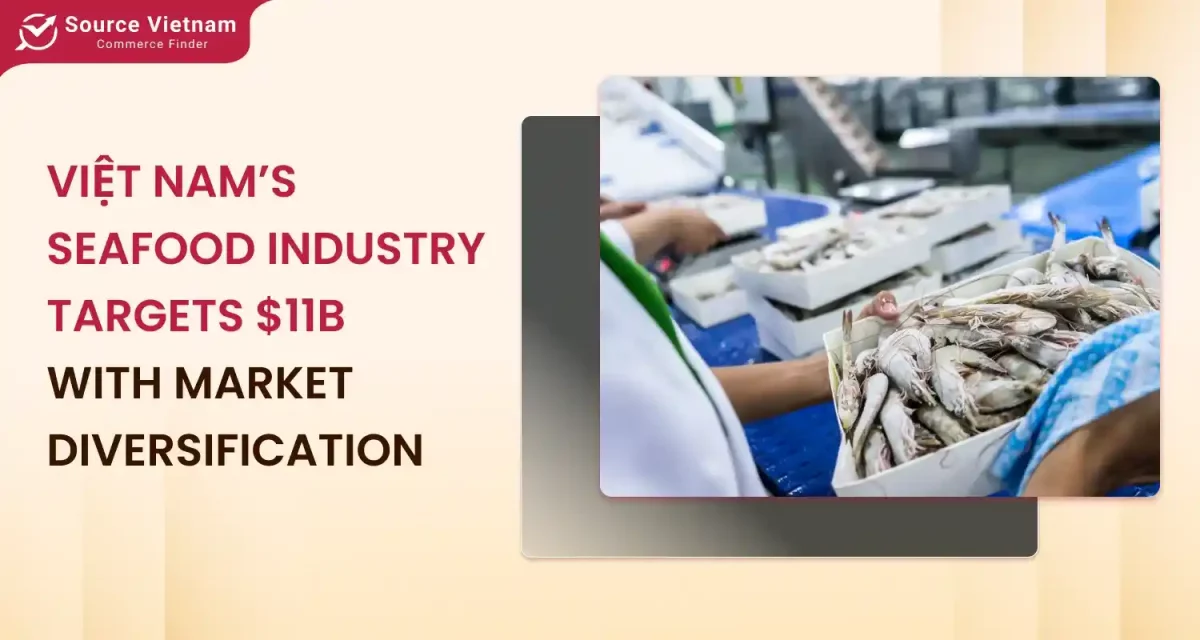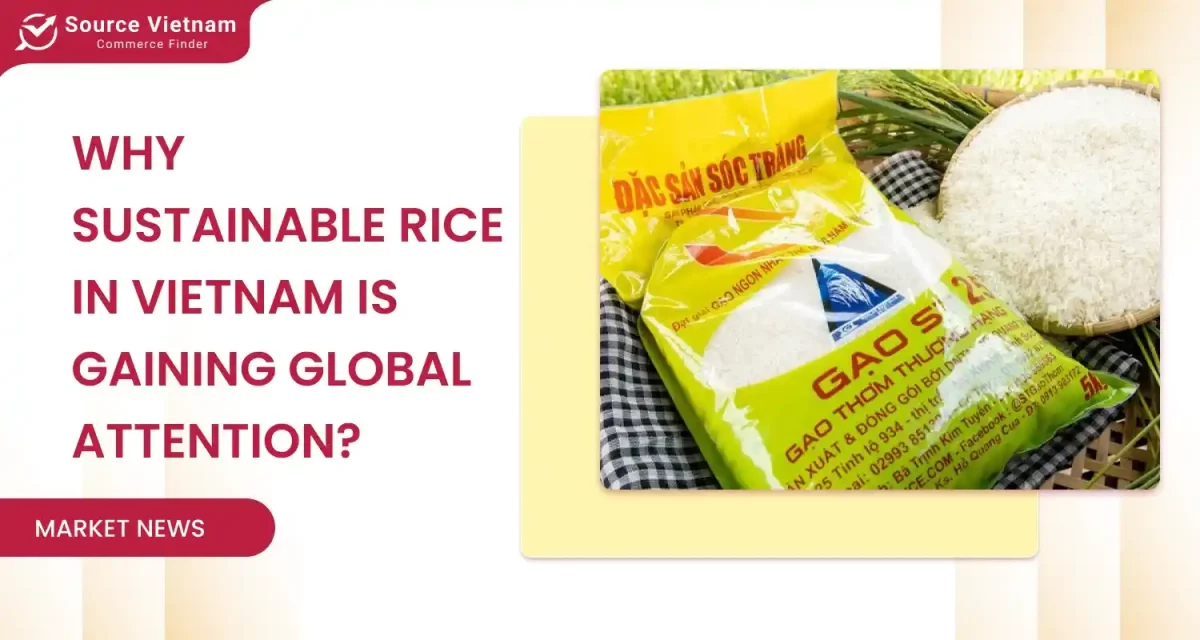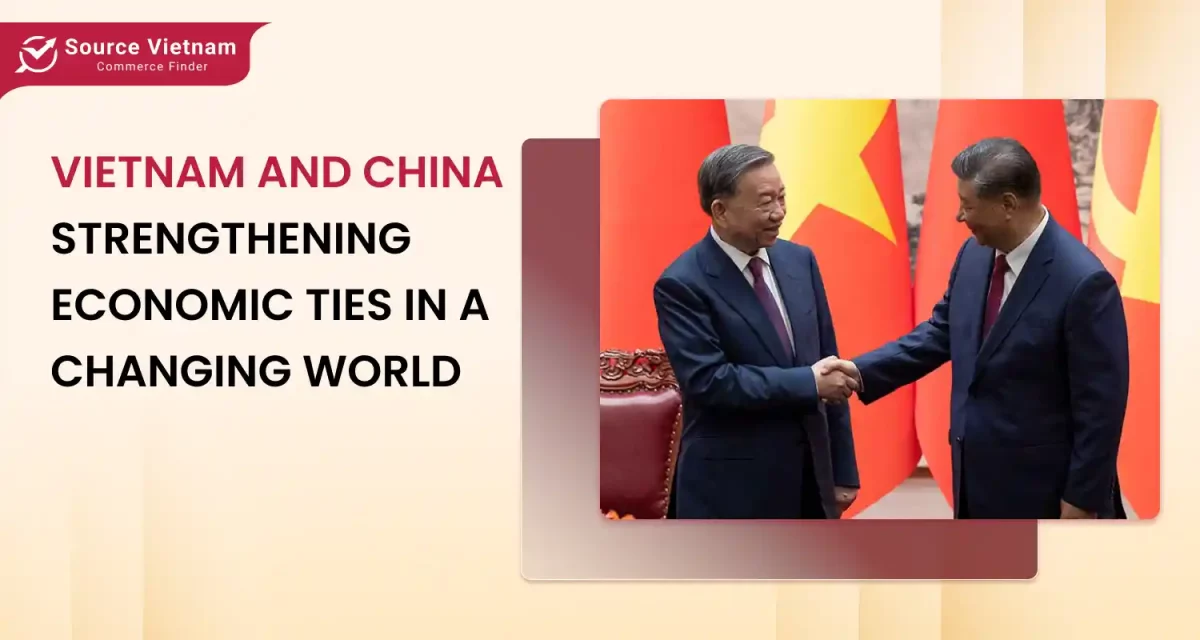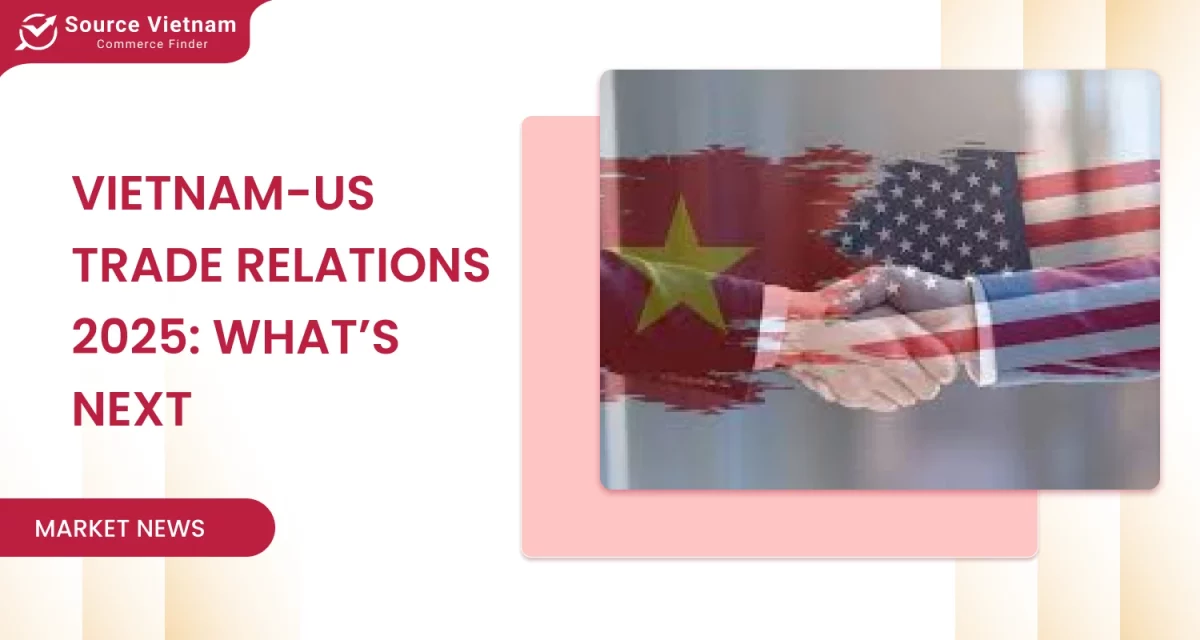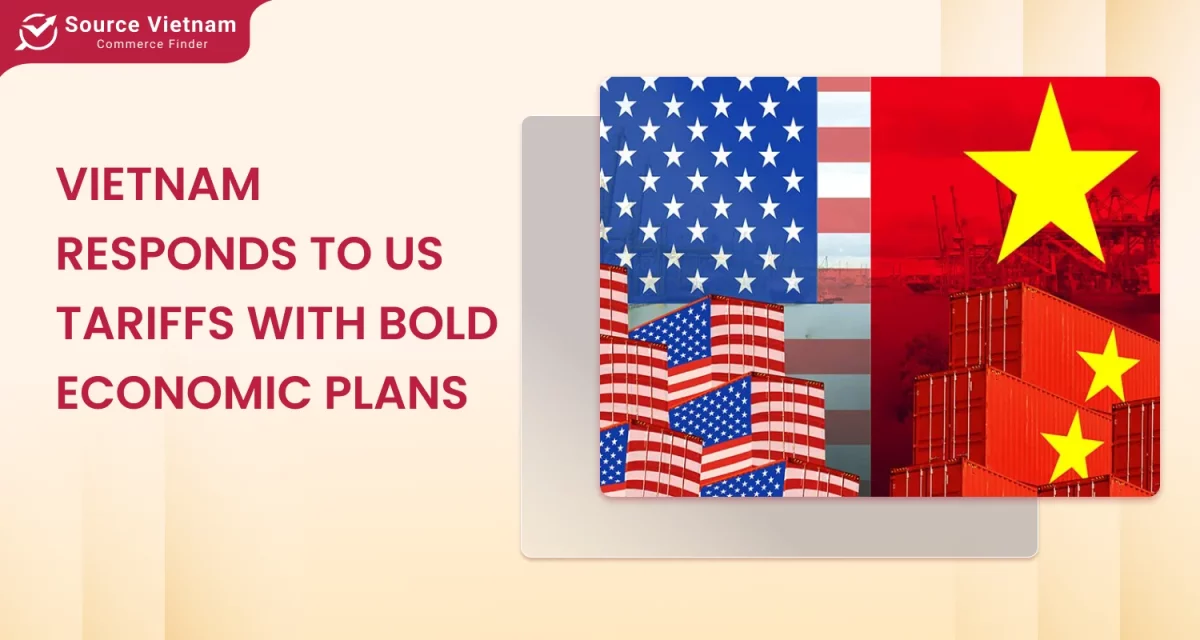Insight:
- Vietnam and Mexico are enjoying a rapidly growing trade relationship, driven by strong growth in both exports and imports.
- With supportive government policies in place, this partnership is poised for continued expansion.
Vietnam is Mexico’s second-largest trading partner in Latin America, while Mexico is Vietnam’s eighth-largest trading partner in Southeast Asia. Mexico has strategically positioned itself as a key player in numerous free trade agreements, significantly enhancing its global economic connections.
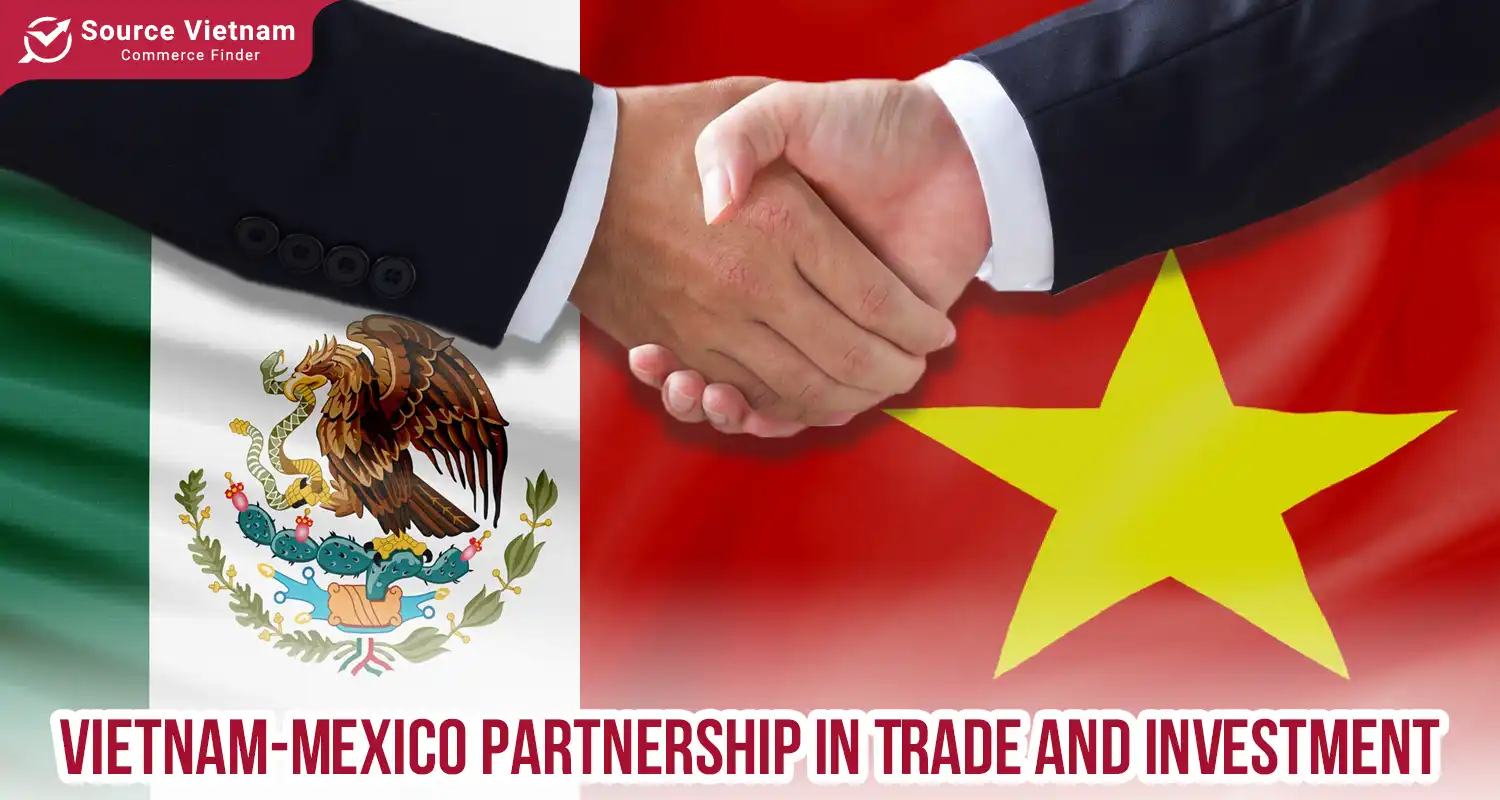
Despite geographical and cultural differences, Vietnam and Mexico have established a solid economic relationship. Both nations have strengthened their trade cooperation, restructured their export and import activities, and expanded market access.
To date, both countries have taken significant steps towards a bilateral cooperative relationship. Vietnam is focused on enhancing trade and investment in sectors such as energy, telecommunications, advanced agriculture, and high-value industries.
Diplomatic relations between Vietnam and Mexico
Vietnam and Mexico have enjoyed a deep-rooted and increasingly comprehensive cooperative relationship, despite geographical and cultural differences. Diplomatic relations were formally established in 1975, shortly after the war ended. Mexico was among the first countries to recognize and support Vietnam’s struggle for independence.
The two nations have a long history of cooperation, solidified by bilateral agreements aimed at fostering collaboration in various fields. Notable agreements include the Cultural and Educational Cooperation Agreement, the Visa Waiver Agreement for holders of diplomatic and official passports, and the Memorandum of Understanding on the Establishment of a Political Consultation Mechanism, all signed in 2002.
In 2011, agreements on scientific and technical cooperation, industry and agriculture were signed. Additionally, an economic, trade, and investment cooperation agreement was concluded in 2016. These agreements demonstrate the commitment of both countries to strengthening bilateral relations and enhancing cooperation in diverse areas.
Bilateral trade relations
The bilateral cooperation between Vietnam and Mexico was significantly strengthened in 2018 when both countries became members of the Comprehensive and Progressive Agreement for Trans-Pacific Partnership (CPTPP), thereby enhancing economic integration and expanding trade cooperation.
Vietnam’s exports to Mexico accounted for 0.058% of Mexico’s total imports, totaling to $38 million. Vietnam’s total imports from Mexico represented 2.23% of Mexico’s total exports, reaching $3.26 billion. The trade balance between Mexico and Vietnam in 2024 was $3.18 billion.
According to OEC data in 2022, Mexico exported goods worth $723 million to Vietnam, with the main items being integrated circuits ($85.7 million) and broadcasting equipment ($25.3 million). Moreover, Mexico’s exports to Vietnam grew at an average annual rate of 418% over five years, from $194,000 in 2017 to $723 million in 2022.
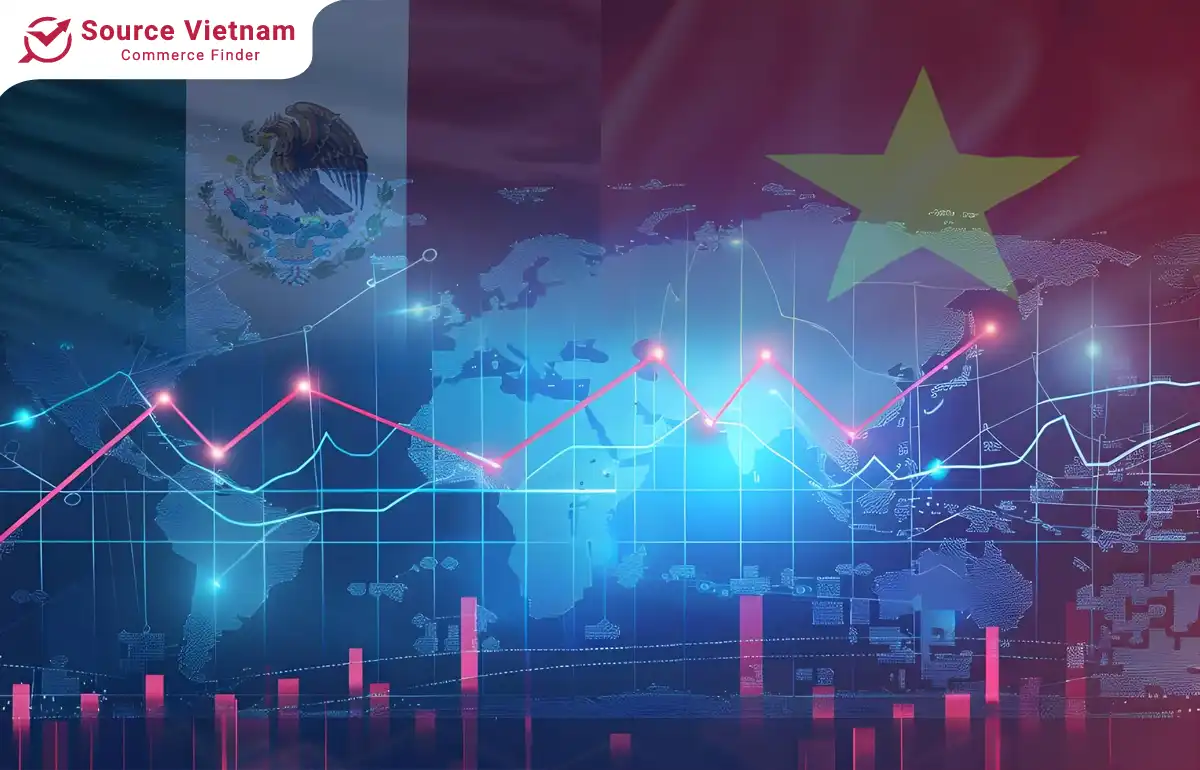
As for Vietnam’s exports, the value of goods exported from Vietnam to Mexico reached $2.91 billion in 2022, with the main export items being broadcasting equipment ($716 million), broadcasting accessories ($547 million), and integrated circuits ($532 million). Vietnam’s exports to Mexico grew at an average annual rate of 227% over five years, from $7.81 million in 2017 to $2.91 billion in 2022.
In early 2024, Vietnam and Mexico witnessed significant trade activities, reflecting the growing economic relationship between the two countries. Vietnam’s exports to Mexico in early 2024 reached approximately $1.5 billion. The main export products were primarily electronic devices, textiles, garments, footwear, and agricultural products.
Conversely, Mexico’s exports to Vietnam reached approximately $600 million, with key products including automotive parts and vehicles, machinery and mechanical equipment, agricultural products, chemicals, and plastics. Bilateral trade between Vietnam and Mexico increased by approximately 10% compared to the same period in 2023, driven by strong demand for electronics, textiles, and automotive products.
Becoming a member of the CPTPP
The Comprehensive and Progressive Agreement for Trans-Pacific Partnership (CPTPP) was signed in Santiago, Chile, on March 8, 2018, and took effect in Vietnam on January 14, 2019. The CPTPP includes Vietnam, Mexico, Australia, Brunei Darussalam, Canada, Chile, Japan, Malaysia, Peru, New Zealand, and Singapore. Together, these member countries account for about 13% of global GDP, totaling approximately $10.6 trillion. The agreement aims to eliminate most tariffs on goods and services among its members.
In addition to reducing tariffs, the CPTPP addresses non-tariff trade barriers by shortening the time needed for exports to clear customs, reducing compliance costs, and increasing the predictability of economic processes among member countries.
The CPTPP requires member countries to reduce import tariffs on 97% to 100% of tariff lines for Vietnamese goods. As a result, most Vietnamese goods imported into CPTPP countries are subject to zero import tax immediately after the agreement is implemented. Specifically, Mexico has committed to eliminating import taxes on 77.2% of tariff lines, covering 36.5% of Vietnam’s exports to Mexico, when the agreement takes effect. Furthermore, import duties on 98% of tariff lines will be reduced to zero after 10 years.
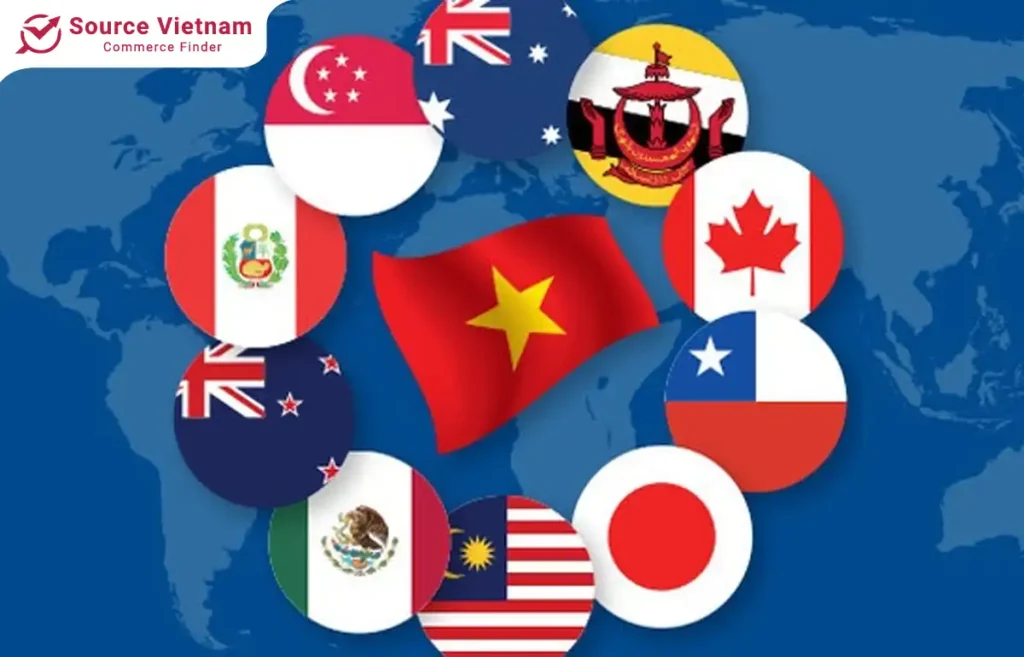
CPTPP regulations encompass a wide range of trade areas, including tariffs, rules of origin, customs procedures, and intellectual property protection. The CPTPP evolved from the original Trans-Pacific Partnership (TPP), which was signed in 2016 but did not materialize due to the United States’ withdrawal under President Donald Trump.
Forecasting the trajectory of Vietnam-Mexico partnership
Regarding the bilateral relationship between Vietnam and Mexico, the president of COMCE Occidente stated that the relationship between the two countries is being promoted in all areas such as politics, economics, trade, culture, education, and tourism; at the same time, he affirmed that the trade relationship between the two countries will continue to grow strongly.
Meanwhile, speaking online, the Mexican Ambassador to Vietnam, Alejandro Negrin, said that bilateral trade between Mexico and Vietnam has grown exponentially since the CPTPP agreement came into effect for both countries. On that basis, the business guidebook will continue to support Mexican businesses interested in exporting or expanding operations in the Vietnamese market.
According to the Vietnamese Trade Office in Mexico, bilateral trade between the two countries reached 3.1 billion USD in the first six months of the year, up 22% compared to the same period in 2023. Of which, Vietnam exported goods worth 2.64 billion USD to Mexico (up 22.2%).
The cooperative relationship between Vietnam and Mexico is developing strongly. With joint efforts from both sides, this relationship will bring many benefits to the people of both countries. In the future, this relationship is expected to continue to grow.
Factors driving the development between two countries
Despite geographical and cultural barriers, the relationship between the two countries has continued to thrive. Some factors driving this development include:
- Vast market potential: Both Vietnam and Mexico have rapidly growing domestic markets and young populations, creating a significant demand for each other’s goods and services.
- Complementary competitive advantages: Vietnam boasts a low-cost labor force, flexible manufacturing capabilities, and efficient supply chains. Meanwhile, Mexico possesses abundant natural resources, advanced manufacturing technologies, and a strategic geographical location for accessing the North American market.
- Support from trade agreements: The CPTPP has provided a solid legal framework for bilateral trade. Other free trade agreements that both countries are party to will also contribute to boosting trade.
- Diversification of cooperation areas: Beyond goods trade, the two countries can expand cooperation into areas such as investment, tourism, science and technology, and agriculture.
- Government support: Both governments have been implementing proactive policies to promote economic cooperation.
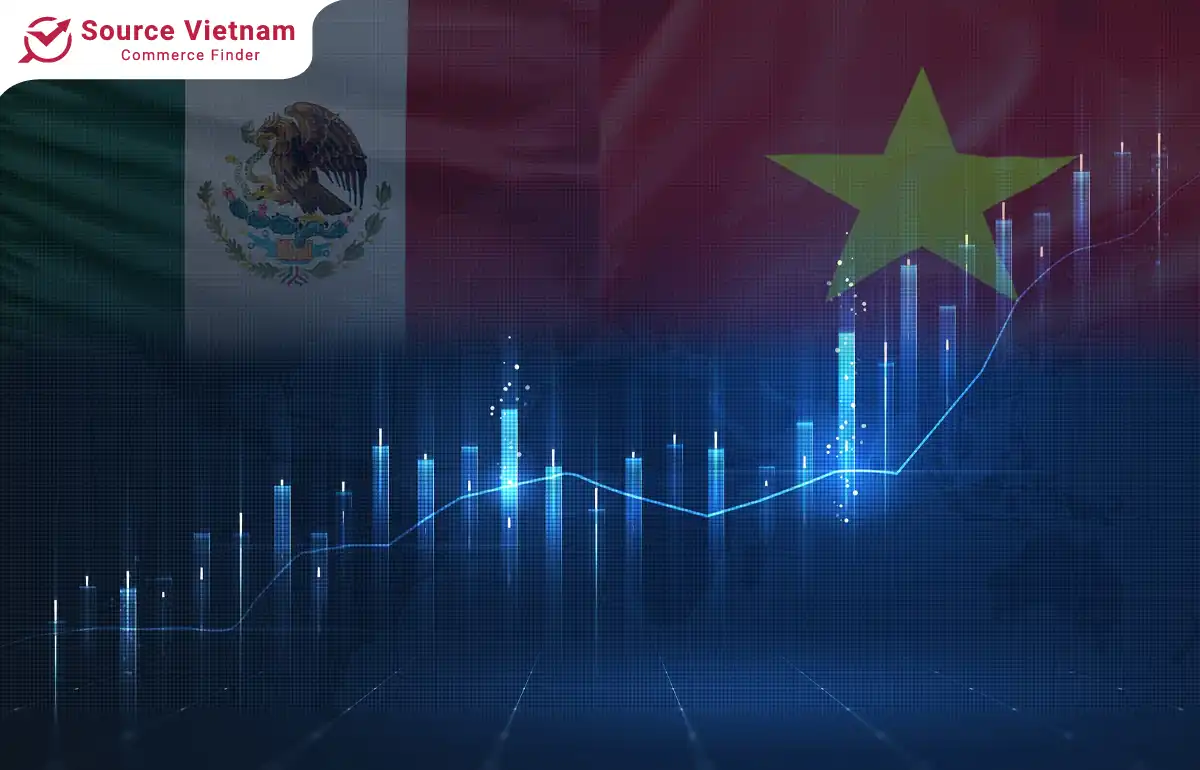
Some potential and notable areas of economic cooperation between Vietnam and Mexico include:
- Agriculture: Vietnam can export rice, coffee, and seafood to Mexico, while Mexico can supply tropical fruits, beef, and other agricultural products.
- Automotive and parts: Vietnam can become an attractive location for Mexican companies to manufacture automotive components, while Mexico can export cars and parts to Vietnam.
- Electronics: Both countries have a developed electronics industry. Vietnam can supply consumer electronics, while Mexico can provide industrial components and equipment.
- Tourism: Tourism can become a significant industry to promote cultural and economic exchange between the two countries.
- Investment: Businesses from both countries can invest in sectors such as manufacturing, real estate, and energy.
- Education and training: Enhancing collaboration in education and training programs to develop a skilled workforce and foster knowledge exchange in areas such as technology, agriculture, and business management.
- Innovation and technology: Promoting joint research and development projects in emerging technologies, such as artificial intelligence, biotechnology, and renewable energy, to drive innovation and competitiveness.
- Supply chain management: Optimizing supply chains to reduce costs, improve efficiency, and ensure reliable sourcing and delivery of goods and services between the two countries.
- Digital economy: Exploring opportunities for cooperation in the digital economy, including e-commerce, fintech, and digital infrastructure development.
- Environmental protection and sustainability: Promoting sustainable development and environmental protection through joint initiatives in areas such as renewable energy, waste management, and biodiversity conservation.
Expanding business into the Mexican market on online platforms
The economic cooperation between Vietnam and Mexico presents numerous business opportunities for enterprises in both countries. Businesses from Vietnam and Mexico can connect and trade through online commerce platforms, with SourceVietnam being a prominent example.
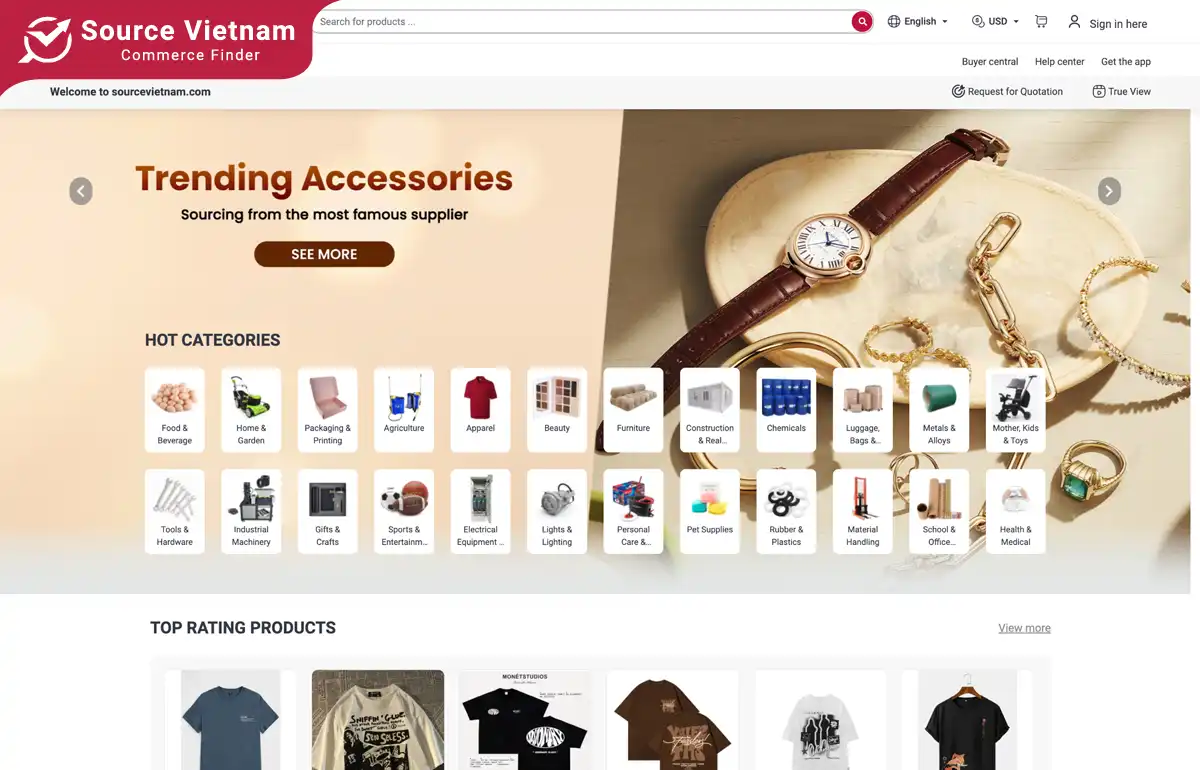
SourceVietnam is a distinguished platform offering a plethora of convenient features to support both suppliers and buyers. It directly connects buyers with wholesale suppliers and manufacturing plants, enabling seamless transactions and allowing importers to obtain the best wholesale prices.
Regarding product quality, the platform maintains strict quality standards for suppliers, ensuring that all products are presented with transparent information. This enables buyers to make more informed decisions about product quality. Additionally, the payment and shipping processes are streamlined, facilitating a smoother importing experience. Embark on your international business journey with SourceVietnam today.
Conclusion
The expanding economic ties between Vietnam and Mexico have created new opportunities for Mexican products in the Vietnamese market. This partnership highlights the strength of bilateral relations despite geographical and cultural disparities. Future collaborations, particularly in technology, are promising. To explore these opportunities, contact SourceVietnam now!

